



Ghadames: Jewel in a Desert Necklace
In partnership with our Libyan colleagues, and with support from the U.S. Department of State’s Ambassadors Fund for Cultural Preservation (AFCP), the Cultural Antiquities Task Force (CATF), and the U.S. Embassy Libya External Office (LEO), ASOR is bringing a message of hope through Cultural Heritage Volunteer Weekends (“pop-up” events) and through one-day heritage workshops. This article reports on the beginning of a Volunteer Weekend held in Ghadames in March 2020.
Click here for the Arabic version of this article (غدامس: جوهرة في قلادة صحراوية).
Talal Bariun and Will Raynolds
Standing at the base of the Ras Al Ghoul Castle atop Jabal Al-Sahabah, we could see Libya’s barren border with Tunisia and Algeria, and a fringe of date palms representing the oasis of Ghadames. From this vantage point, it was easier to imagine the view of an approaching caravan after many days of travel across the desert, and the relief that would come with the sighting of something green.
For thousands of years, the oasis of Ghadames has been the jewel of a necklace of oases spanning the desert and sustaining a vast network of trade that thrived despite many challenges. According to Saeed Hamed, a local historian and our guide, the promontory where we stood had once served as a Roman military fortress of the third Augustan legion during the first and second centuries BCE and was later used for fortifications built during the Islamic conquests of North Africa. The inscriptions at a nearby cemetery bear witness to the fort’s use as a border control point during Ottoman rule and the period of Italian and the French administration of the region.
The built heritage of Libya feels endlessly layered and rich, whereas the intangible practices and traditions that have helped sustain communities around the country are too often dismissed as an afterthought. During the course of this Volunteer Weekend hosted at the Culture House of Ghamdames, we would endeavor to shed light on both, making connections wherever possible to the ongoing work of our Suitcase Museum program. Mr. Mansour Abdel Salam Mansour, Director of the Ghadames Museum and the local office of the Libyan Department of Antiquities, gave a comprehensive introduction to the museum and the old city of Ghadames, as well as the traditional industries in Ghadames and their transmission between the generations which has helped sustain the city. Ms. Fawzia Saeed Ammar, Professor of Ancient History at the University of Sirte, had traveled across half the country to share her own perspective on the vital role of Libya’s intangible heritage in sustaining community.
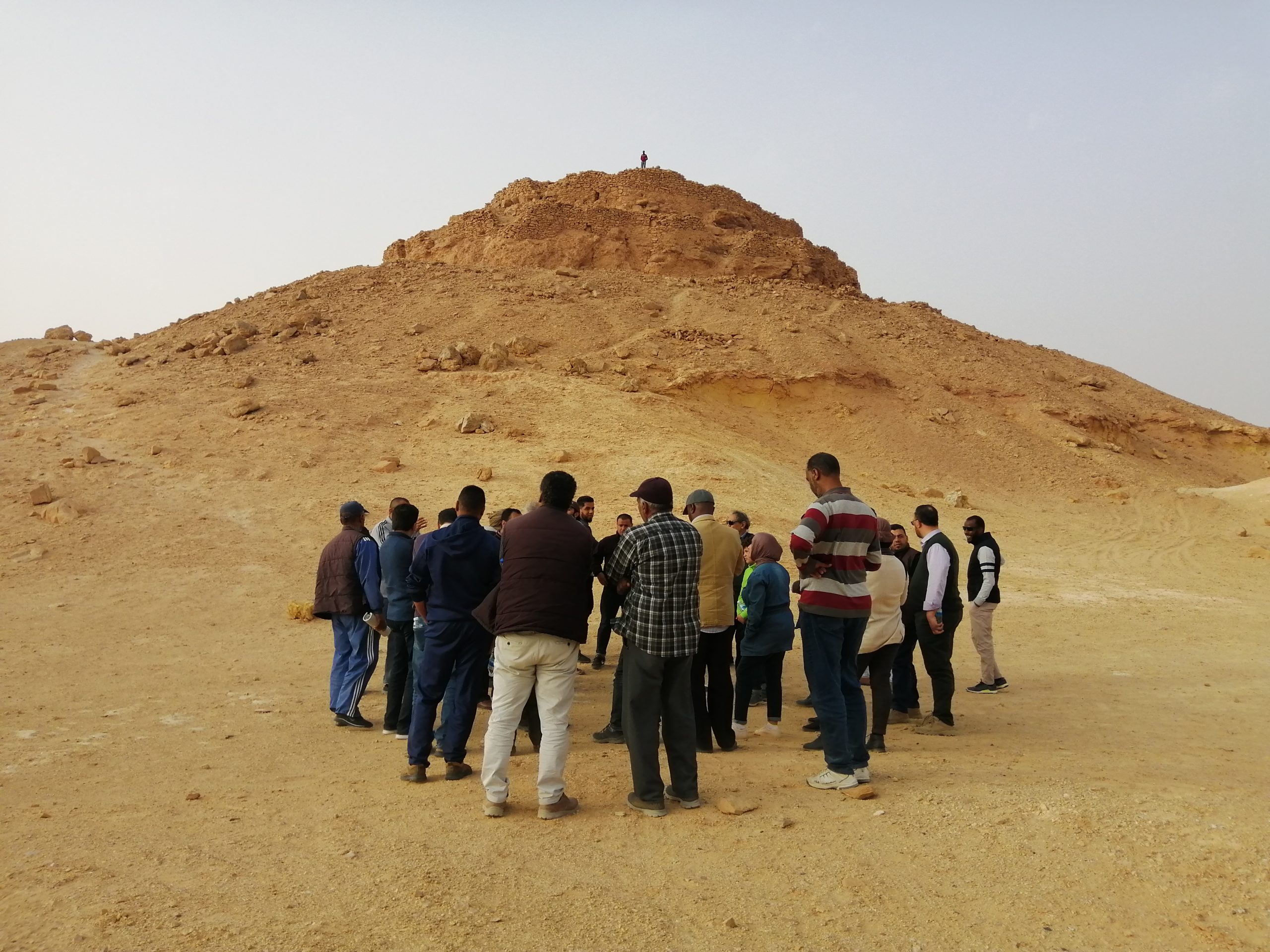
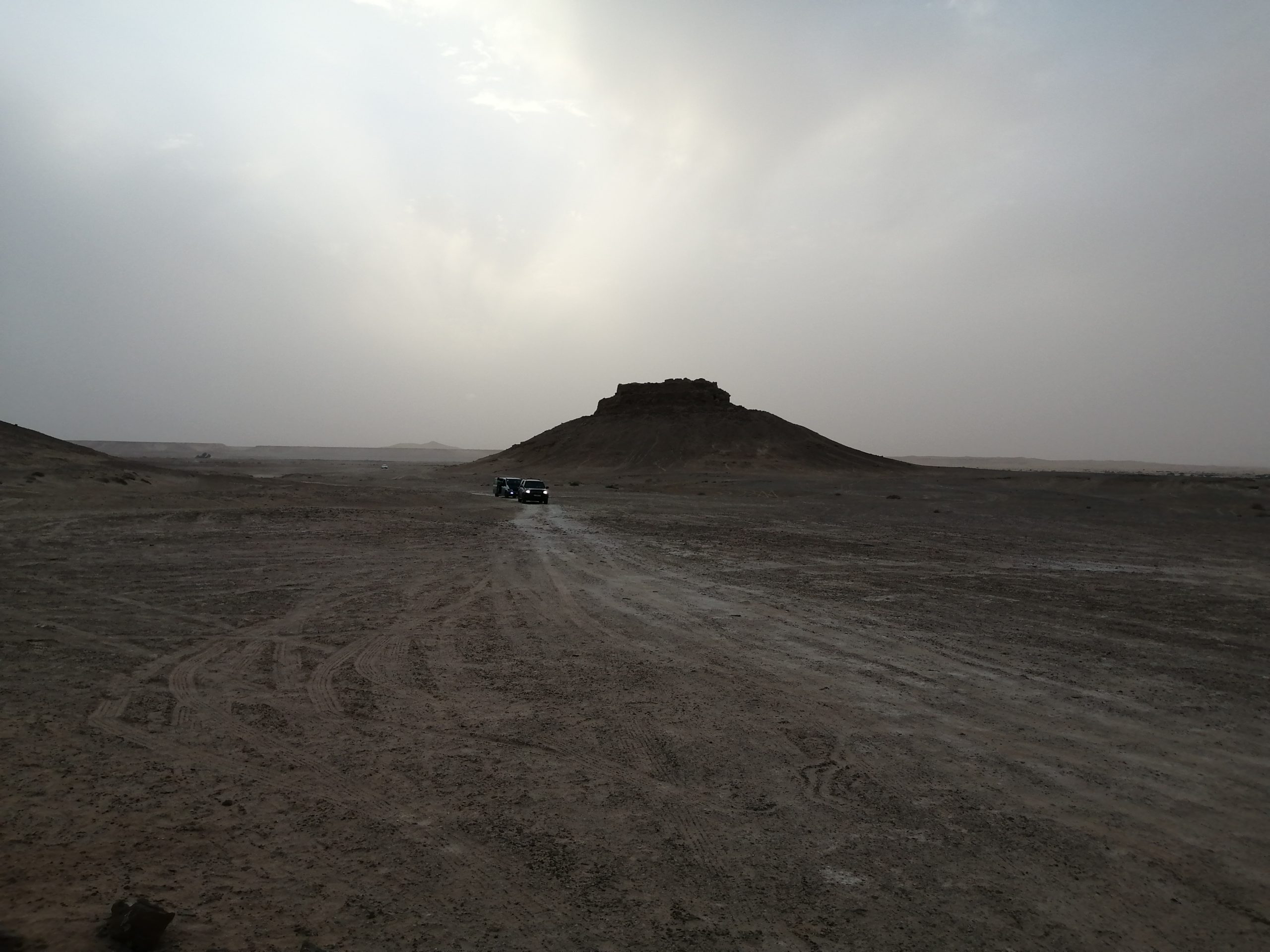
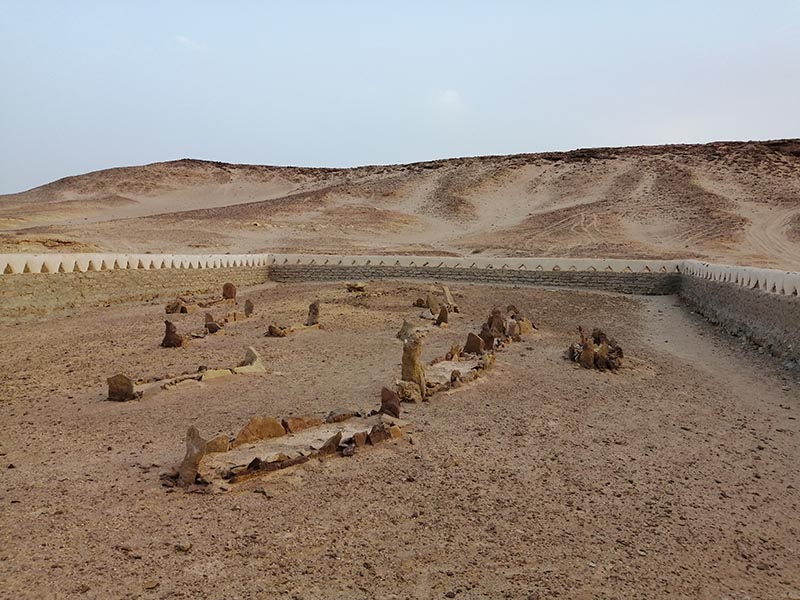
Despite being a relatively small city, Ghadames has long produced prominent Libyans who have known success around the country and internationally. In fact, Bukhari Salem Hoda, who was the national Director of the Libyan Boy Scouts and Girl Guides for nearly three decades, was our honored guest throughout the weekend. What was the secret of this remarkable place? At least part of the answer seems to lie in the way in which it has preserved and sustained many intangible traditions. Suleima Al-Amari performed a distinguished introduction to the intangible cultural heritage of the city, wearing the the traditional female Ghadamsi wedding attire, and sharing folk stories and old mysteries with us.
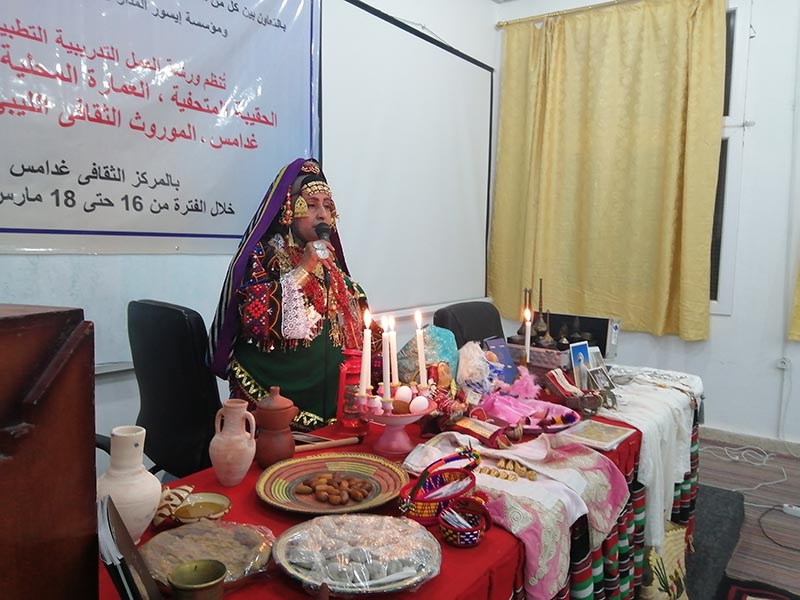
The following morning, strong winds loaded with coarse sand swept across the city and left our faces raw after even a short walk. We witnessed firsthand how the traditions of building with mud brick had created a remarkably comfortable environment from readily available natural materials. As we passed through Bab Al-Ba’ar, one of the gates of the old city of Ghadames, we all noticed that the wind completely disappeared. The city was built to regulate the extreme climate of the region. During the cold winter, the houses in the old city remained relatively warm and in the summer the city was cool. The hot, southern winds laden with sand that so often accompany warmer weather have been held at bay by thick mud brick walls for centuries.
Unfortunately, the master craftsmen who once created and maintained the city are now in short supply. Traditions are unable to sustain themselves without people serving as vessels, receiving them and passing them along to the next generation. During heavy floods in 2017, many houses in the old city sustained damage which has yet to be repaired.
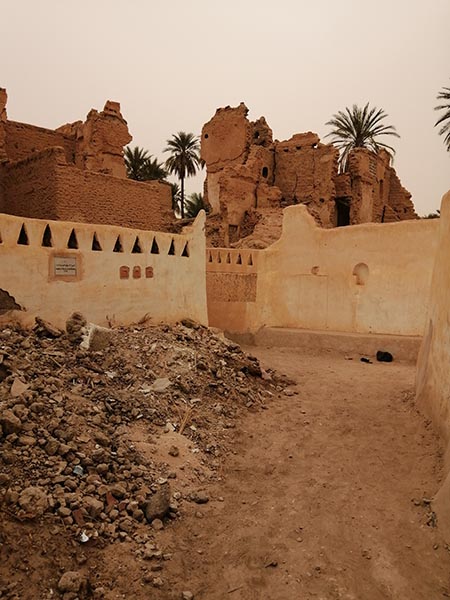
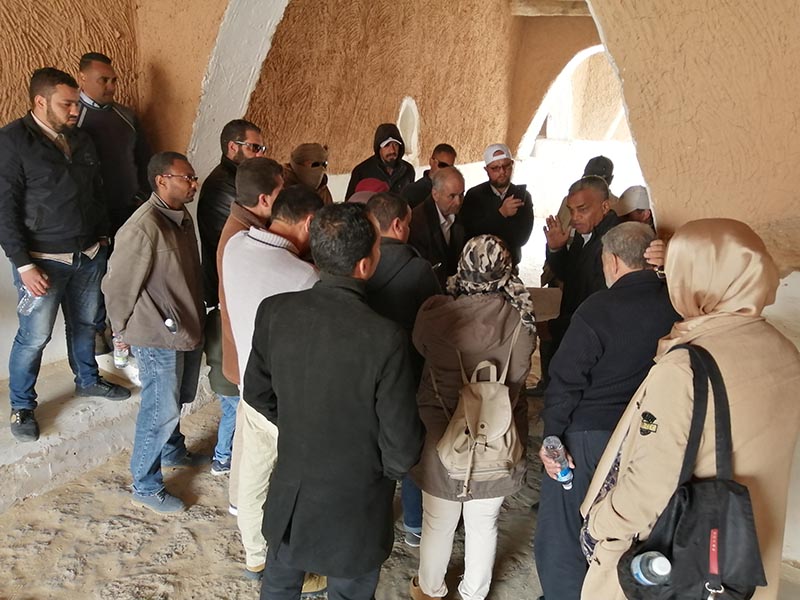
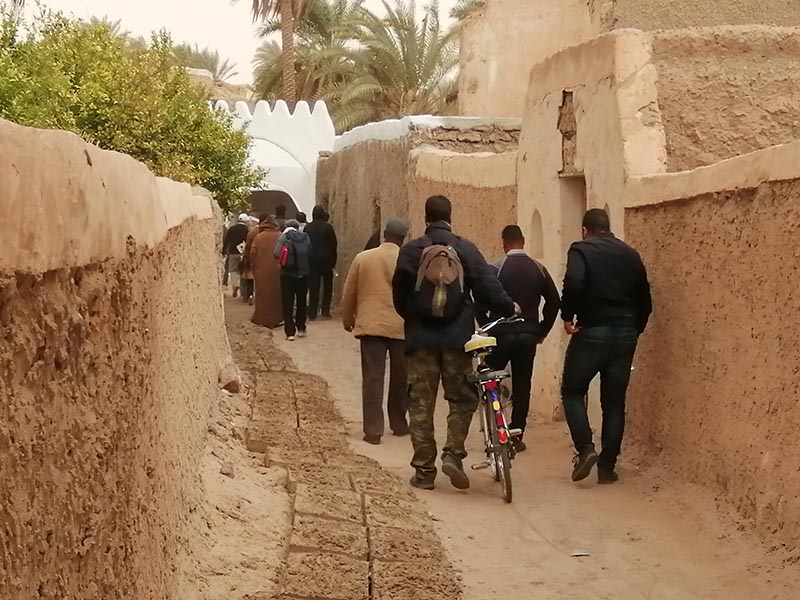
The central reason that the city was built and the source of its sustenance comes down to one substance: water. We visited the oasis spring, so large and strong that it appears to meet the surface as a lake. From that central pond, freshwater was distributed through a series of small canals to the surrounding orchards of date palms. The logic of that system was similar to the way in which trade was sustained from Ghadames across large stretches of desert: both required a network sustained through the continuous effort of the community. As we learned more about how mail was distributed over thousands of miles, how water flowed from source to grove, how individual houses were distinguished by number, and how the urban plan of the old city evolved, we were reminded that none of this was possible without a durable social fabric reinforced through intangible traditions.
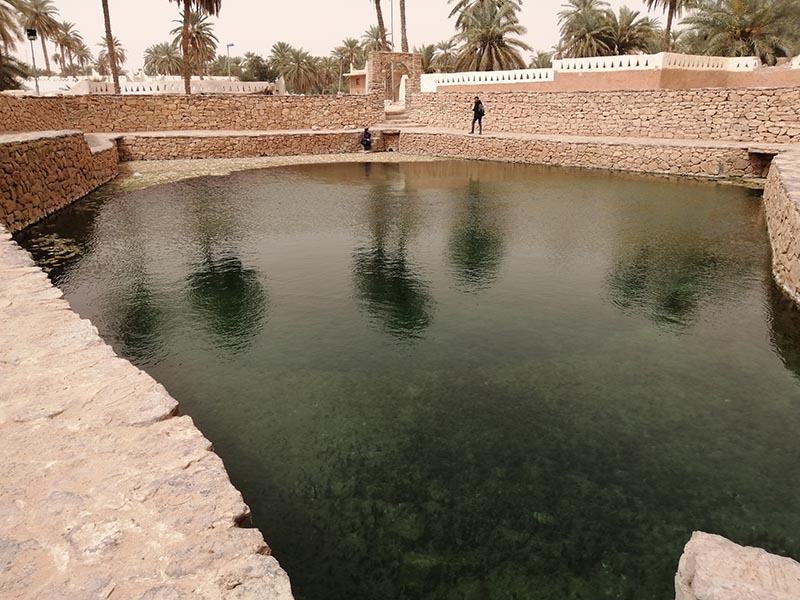
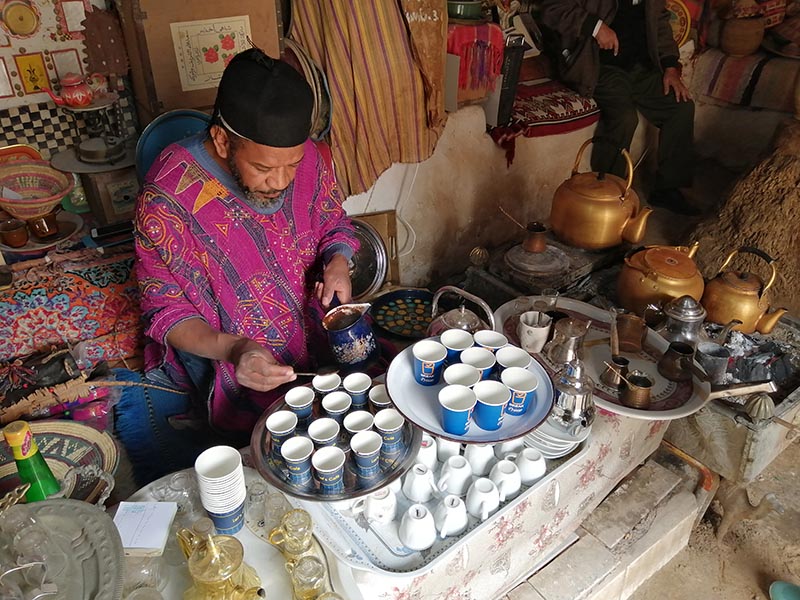
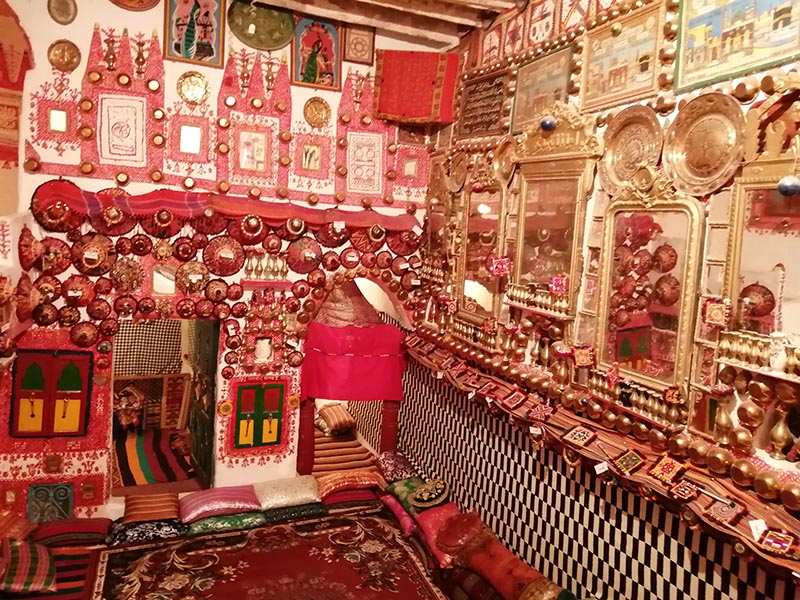
As the Volunteer Weekend came to a close, we celebrated with a traditional lunch of ftat, a meal “of small pieces.” Round, thin flatbread had been torn into small pieces, fried in olive oil and spices and covered with ladles full of lamb stew. Our hosts insisted that we continue to eat more, long past the point where we were full. We all agreed that we were very happy to do our part to sustain such a delicious tradition.